 Nomination Deadline: September 15, 2016
Nomination Deadline: September 15, 2016
Are you a student of electrochemical engineering and/or applied electrochemistry? Do you teach or mentor students within these areas? If the answer is ‘yes’ to either question, you are invited to nominate qualified student (s) for the following division awards.
IEEE Division Student Achievement Award: established in 1989 to recognize promising young engineers and scientists in the field of electrochemical engineering.
IEEE H. H. Dow Memorial Student Achievement Award: established in 1990 to recognize promising young engineers and scientists in the field of electrochemical engineering and applied electrochemistry. *This award was made possible by a gift from the Dow Chemical Company Foundation.
Award recipients will all be asked to present a lecture to the IEEE Division at the 231st ECS biannual meeting in May/June, 2017 in New Orleans, LA. Explore the full award details on the ECS web site, paying keen attention to the specific application requirements prior to completing the electronic application.
P.S. Industrial Electrochemistry and Electrochemical Engineering Division Awards are part of ECS Honors & Awards Program, one that has recognized professional and volunteer achievement within our multi-disciplinary sciences for decades. Learn more about various forms of ECS recognition and those who share the spotlight as past award winners.


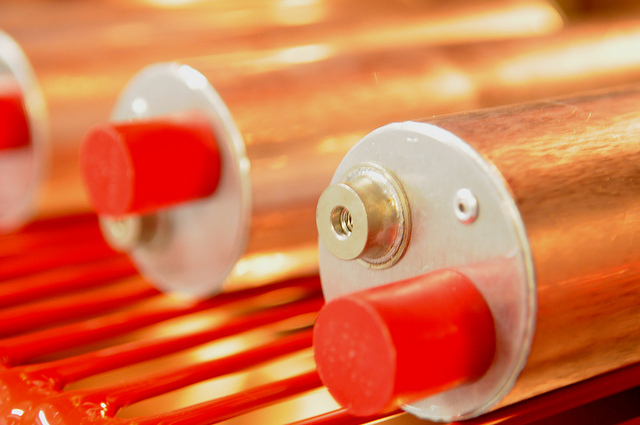
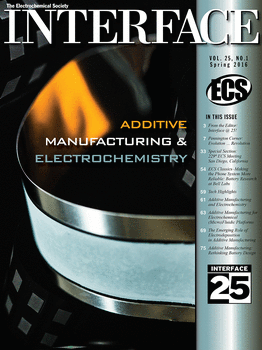 Calling all ECS members! Has your section or student chapter achieved something momentous in recent months, or will it do so before mid-October? Tell us about it and you just might see your submission published. ECS wants to highlight YOUR news in the Winter 2016 edition of
Calling all ECS members! Has your section or student chapter achieved something momentous in recent months, or will it do so before mid-October? Tell us about it and you just might see your submission published. ECS wants to highlight YOUR news in the Winter 2016 edition of  Nomination Deadline: September 1, 2016
Nomination Deadline: September 1, 2016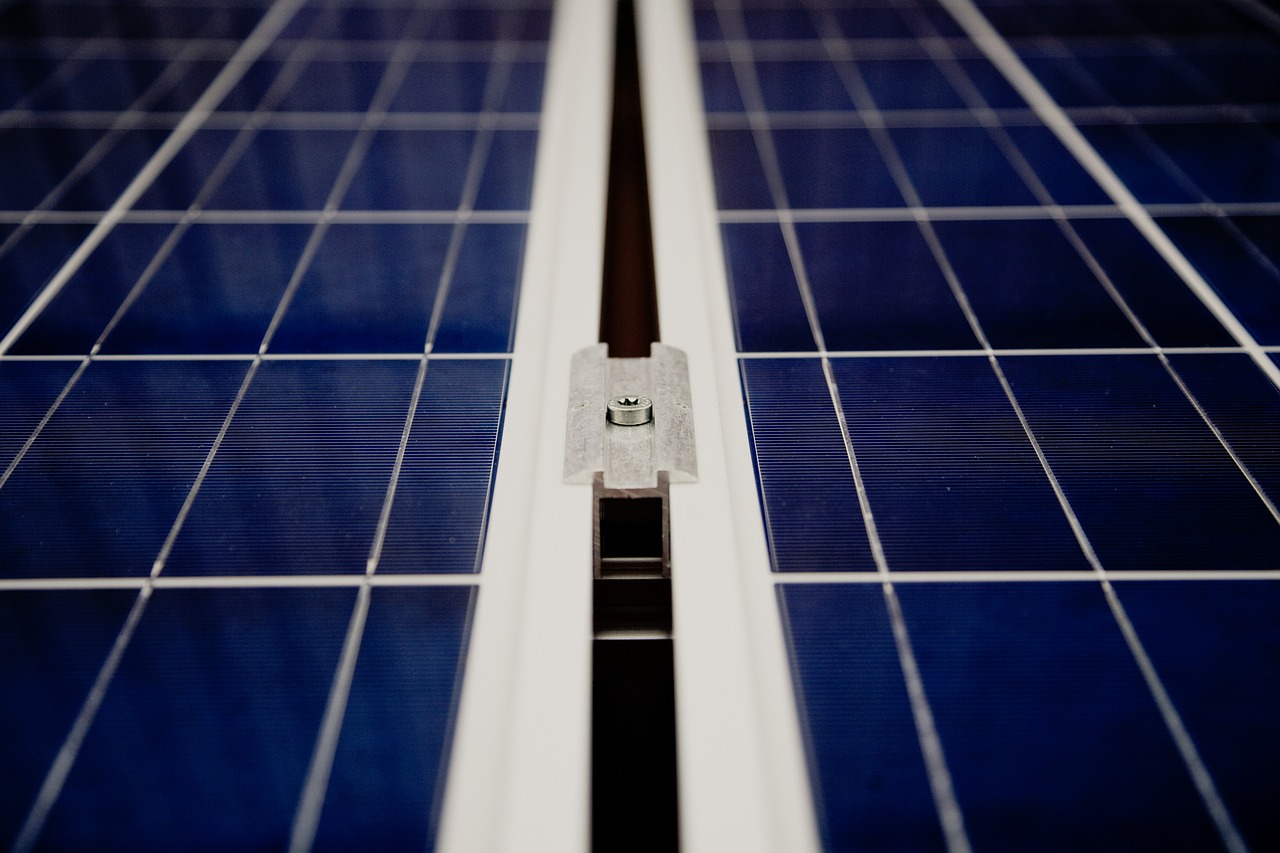
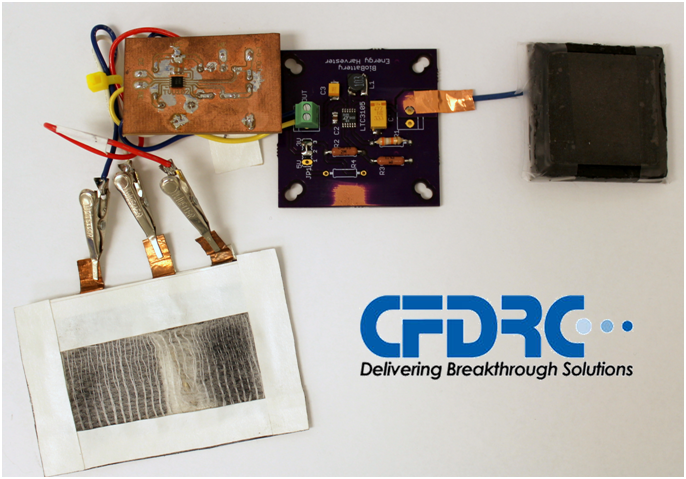
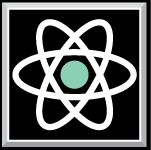 Nomination Deadline: September 1, 2016
Nomination Deadline: September 1, 2016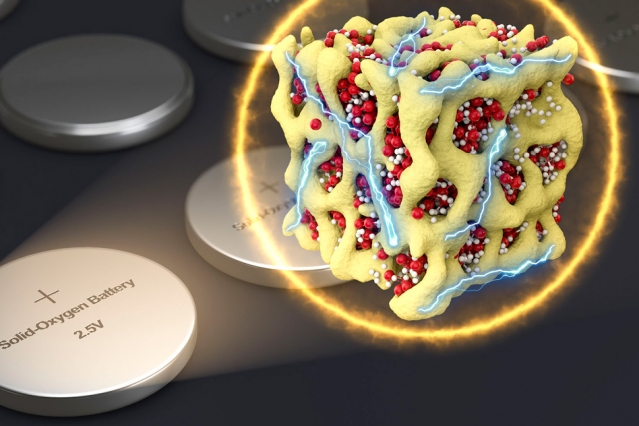
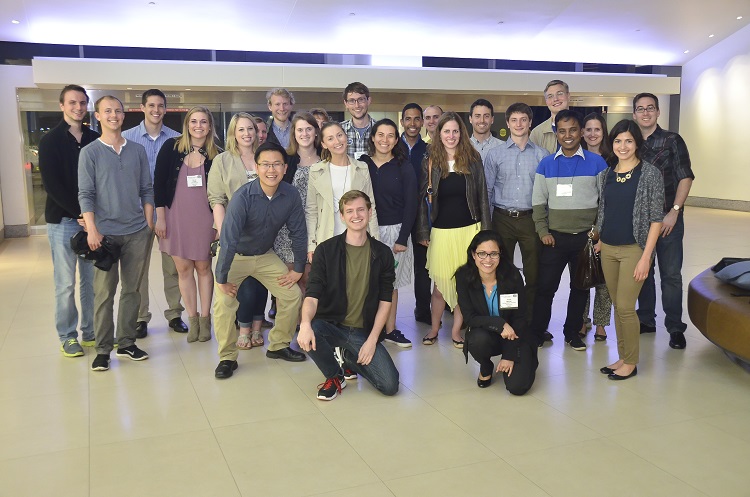
 In 1995, Forbes published an article entitled, “
In 1995, Forbes published an article entitled, “